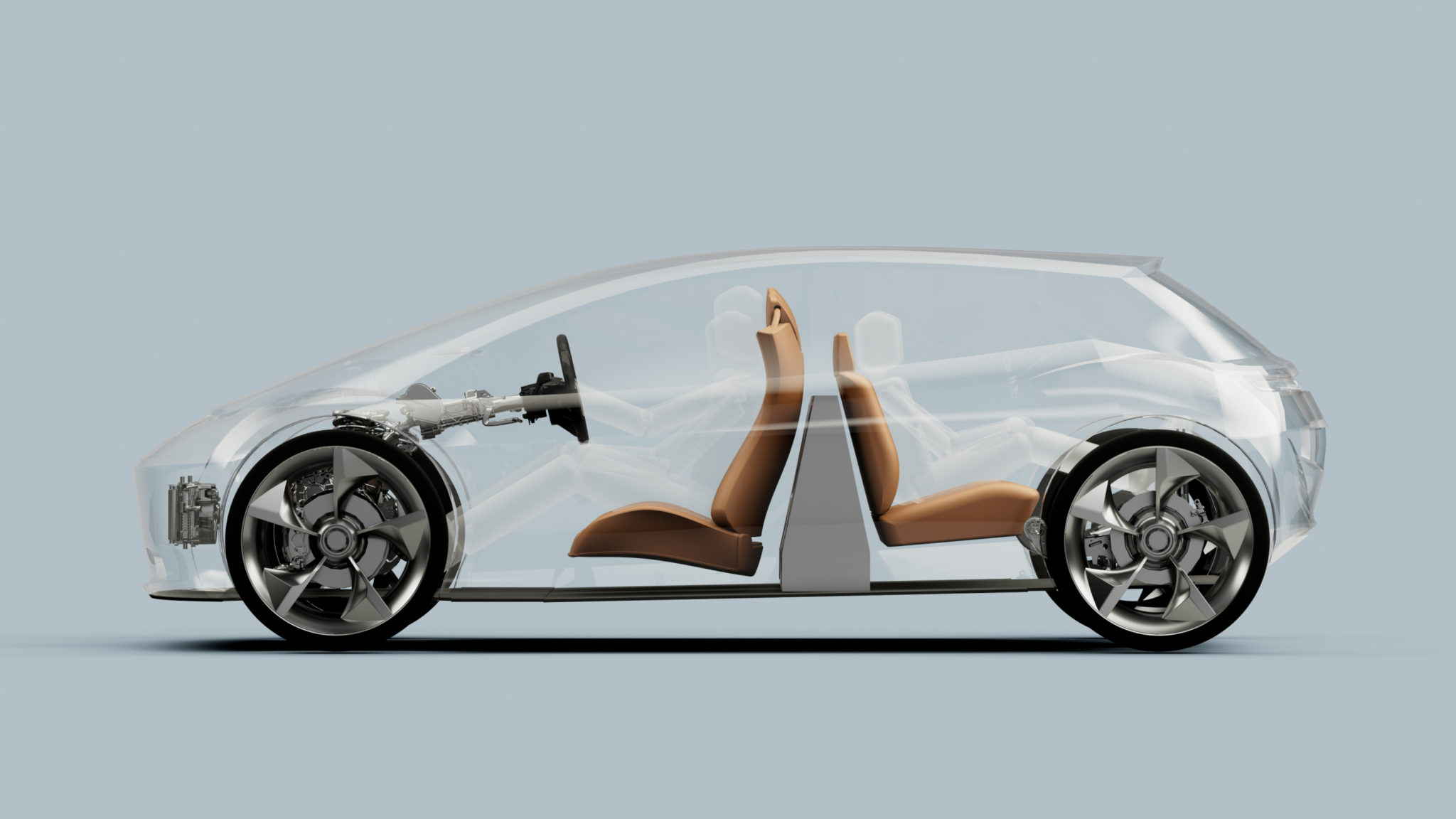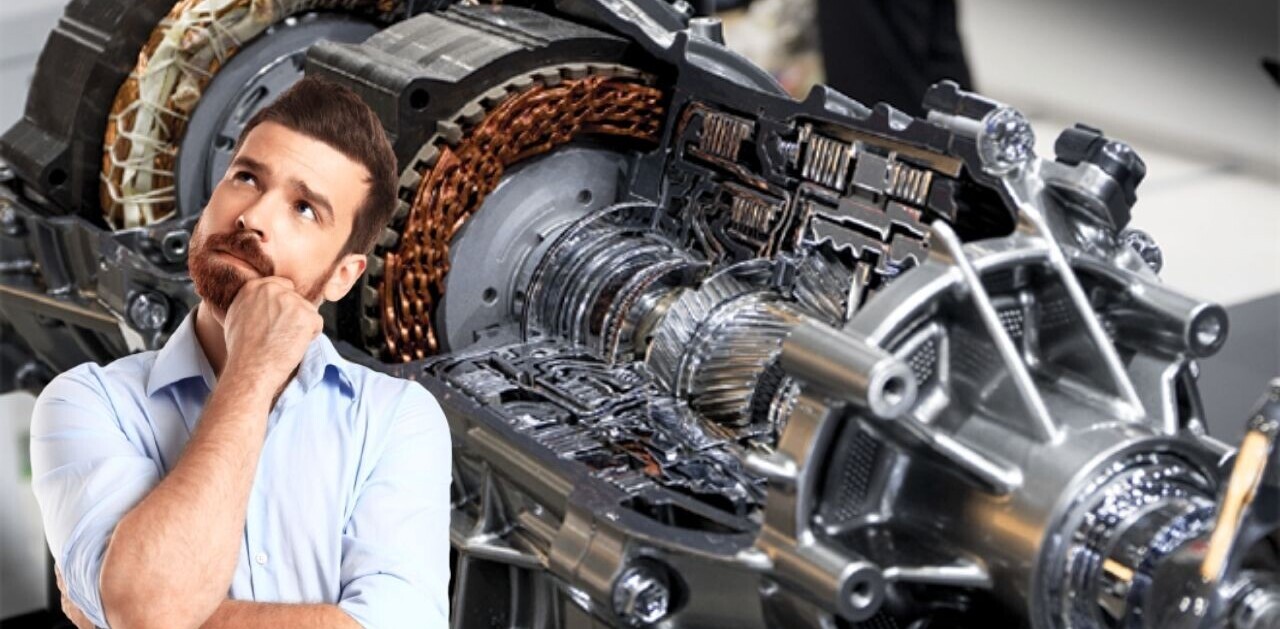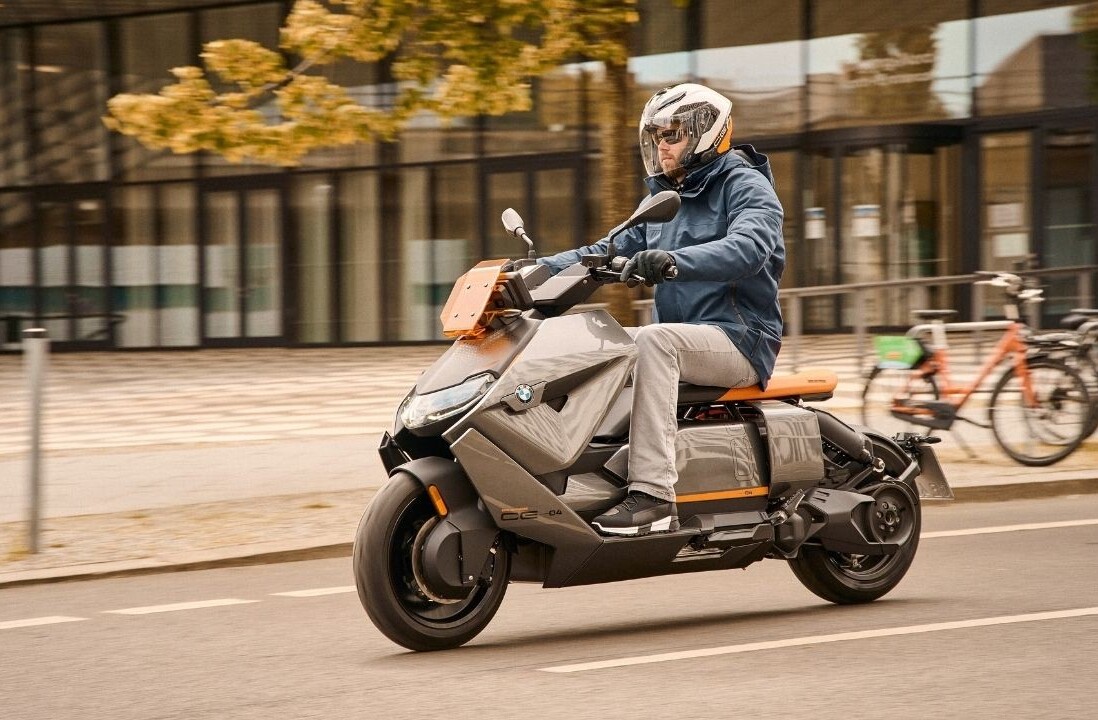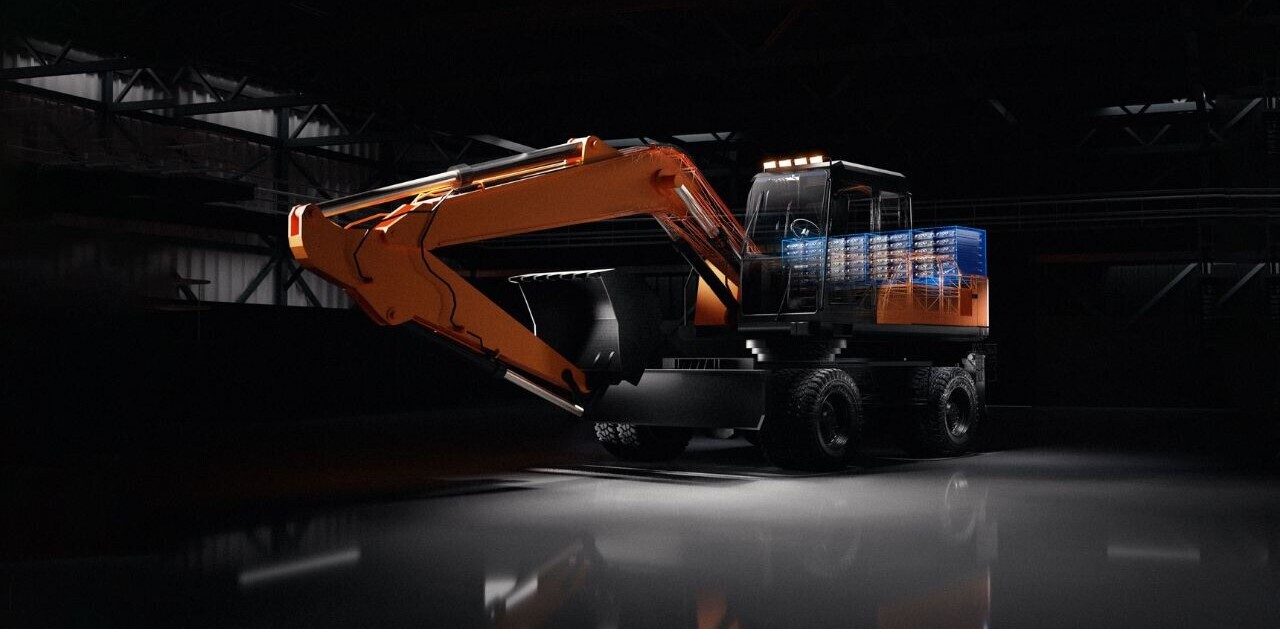EV automakers have mostly relied on the skateboard chassis as the mainstream way of integrating a battery into an electric vehicle.
But British start-up Page-Roberts revealed a concept with a vertical EV battery design, which it claims reduces manufacturing costs up to 36%, and enables 30% more vehicle range.
Why?
As per the company, the skateboard structure has two main disadvantages: increased size and weight. According to CEO Freddy Page-Roberts,
“The skateboard arrangement has become the mainstay of most EVs. But this results in taller vehicles with increased aerodynamic losses and energy consumption (especially at motorway speeds), extra structure required to protect against impact, and a longer wheelbase to account for the battery. The increased size and weight dramatically inhibit range. By simply moving the location of the battery pack, we have come up with a much more efficient solution.”
How does it work?
Page-Roberts places a vertical battery pack into a torsion box arrangement right between the front and rear row of seats. To prevent interfering with rear-passenger legroom and view, the rear seats are rotated to face backwards.

The advantages
This vertical arrangement enables Page-Roberts to shorten the wheelbase and decrease the vehicle height, allowing for a more aerodynamic body design that reduces drag forces up to 30% compared to an underfloor battery structure.
The company also suggests that the vertical design reduces exposure to impact, saving 35 to 75 kg worth of crash-structure materials. The lighter structure, in combination with the lower height, are estimated to cut an EV’s total weight by 100 kg.
In turn, less weight and enhanced aerodynamic performance is expected to bring to the table three benefits: lower manufacturing costs, improved range, and reduced demand for charging.
[Read: Why entrepreneurship in emerging markets matter]
Could it actually work?
Page-Roberts’ alternative battery design is interesting, but it’s uncertain whether automakers would opt for such an option.
While the company admits that the vertical battery pack is particularly suited to small EVs, the EV industry is currently focusing more on larger vehicles and SUVs.
And there are some practical considerations as well. The vertical design increases the center of gravity, contrary to the low center of the skateboard structure, which improves handling and driving comfort.
Finally, it’s difficult to imagine how the vehicle’s interior would feel if the passengers have to stare out of the rear windshield the whole ride.
HT – Free Think
Do EVs excite your electrons? Do ebikes get your wheels spinning? Do self-driving cars get you all charged up?
Then you need the weekly SHIFT newsletter in your life. Click here to sign up.
Get the TNW newsletter
Get the most important tech news in your inbox each week.





